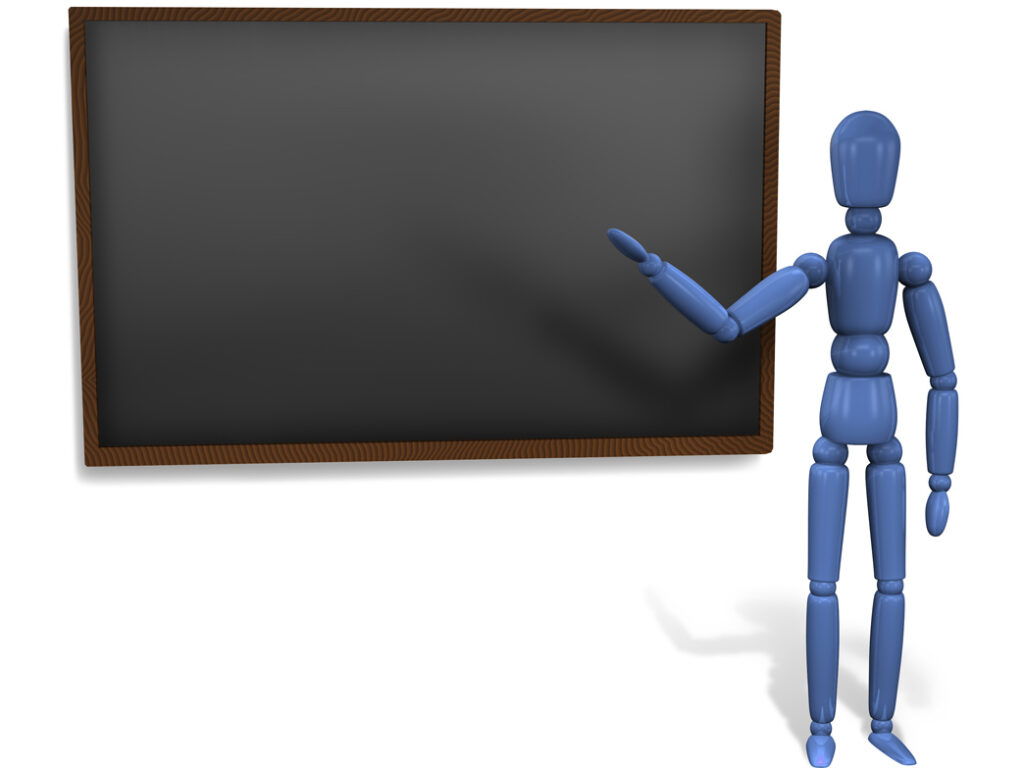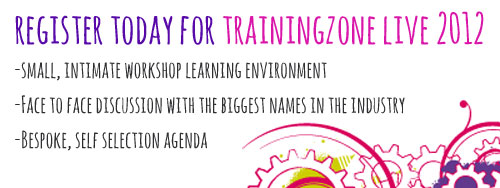Robin Hoyle concludes this focus on the shortfalls of Training Needs Analysis and what we can do about it.
There's the secret - the ability to observe someone doing something and recognise the essential activities, skills and behaviours which define what good looks like. I was team training with a colleague some years ago. At the end of the course, the group were asked to define what they were going to do differently on their return to the workplace. My colleague who was leading the session said: "I want you to describe it as is you were watching a video of yourself doing it." I thought it was a stroke of genius. If you can't see it happening - and therefore video it - assume it isn't. The best competencies use this 'video-technique'. They describe what someone actually does.
 "We desperately need L&D people to be futurologists. There is only limited benefit in the L&D team spending all their time looking at what the organisation does now."
"We desperately need L&D people to be futurologists. There is only limited benefit in the L&D team spending all their time looking at what the organisation does now."I was working with a sales training organisation recently. They had conducted 35,000 observations of effective sales people and boiled down the skills that differentiated the good ones from the less good ones into just four stages. It was wholly based on observation. It removed any issue about the ability or otherwise of the effective sales person to describe what they did. Because of the sheer volume of observations it was robust and - most importantly - simple to understand and interpret.
The challenges for the rest of us are who do we observe - it's pretty clear which sales people are the most effective - what about someone handling something less black and white? Once we know who we're observing, who does the observations? How skilled are they in analysing what they are looking at? To make the observation process robust and relevant to a whole range of different contexts will be time consuming. Can you really justify the time and expense of getting it right?
CIPD define TNA as being "based on the systematic gathering of data about existing employees' capabilities and organisational demands for skills, alongside an analysis of the implications of new and changed roles for changes in capability." Notice the two bold parts of the statement.
Observing skills and behaviours which the organisation doesn't yet use is going to be pretty tricky. The simple fact is that what each organisation needs is changing and changing pretty rapidly. A simple example: 53% of senior executives see social media use increasing in the next 12 months and yet 76% of organisations have no social media policy for employees. Sad to say, that the only training I've seen around using social media has been 'don't use it or else and by the way, we've blocked access to Facebook and Twitter!' In this respect, and I think many others, the L&D team are lagging behind the organisational reality.
We desperately need L&D people to be futurologists. There is only limited benefit in the L&D team spending all their time looking at what the organisation does now. Some of that energy should be focused on what it might need to do in the next three to five years. I work with a number of organisations who spend a great deal of time doing exactly this in respect of their products, their services and their customers. But as every annual report tells us, people are our most important asset so what are we doing about ensuring they have defined the skills needed in the future?
"We need to resolve the disconnect between the competency framework devised by highly-paid consultants working with the HR team and the team of managers who need to use them as the benchmarks to guide future training and development."
It seems all gloom and despondency for TNA. Unless we take it very seriously we run the risk of the training needs analysis process in the performance appraisal interview being relegated to the line manager and their team member crowding around a screen showing the LMS, grumpily signing up for the mandatory programmes and spending 30 seconds discussing which of the other courses sound like they might be interesting.
It seems to me that organisations need four things:
- Simple process-based competencies which are built on observation and accurate enough to be clear, but expressed well enough to be usable by those for whom L&D is not their main job.
- Training (and associated competencies) for those who will identify training needs - i.e. the line managers. (I once asked a group I was speaking to how many of their organisations withheld performance pay from those managers who didn't play a full role in identifying training requirements for their teams and supporting team member development. One hand was raised from an audience of about 70. What gets measured gets done - the whole organisation needs to sign up to this or its best not to bother).
- A continuous process of looking at the future requirements for the organisation - reviewing what other organisations are doing in other sectors and charting trends in your particular area of activity. Every employee should be engaged in at least one programme per year which is looking at the future and the kinds of things which the organisation will need to be doing over a three to five year time horizon. Finally...
- A combination of courses and resources clearly matched to the required behaviours. Often the course menu does not obviously support the competence framework. Again, if we are to build the kind of competence we need and will need in the future, we need to embed those behaviours in every L&D intervention we create. Of course, those interventions might not just be courses but require a range of different learning activities structured to develop those observable behaviours we need people to exhibit.
If we don't do something like this, then let's scrap the TNA tyranny completely. We need to resolve the disconnect between the competency framework devised by highly-paid consultants working with the HR team and the team of managers who need to use them as the benchmarks to guide future training and development. If we can't do that, then let's stop pretending that we've accurately predicted the organisation's demands for skills or assessed employee capability. Let's simply describe a few courses and ask people which they want to do. Let's talk to line managers about what problems they are facing and design bespoke programmes to solve individual people and capability problems.
It would be a bold step and one which doesn't come without risks. Be warned. We want to be a strategic partner of the business, but I question whether that's possible when all we're doing is being an uncomfortable hybrid of travel agent and fire fighter. Being reactive is almost the worst insult which can be levelled in the hyper-proactive 21st Century organisation.
TNA - if you can't do it right, don't do it all. But then you need to decide whether the risk of being perceived as un-strategic is any kind of option at all.
Robin is senior partner at Learnworks. He is a writer, trainer and consultant helping global businesses develop people and improve performance.
Previous article:











